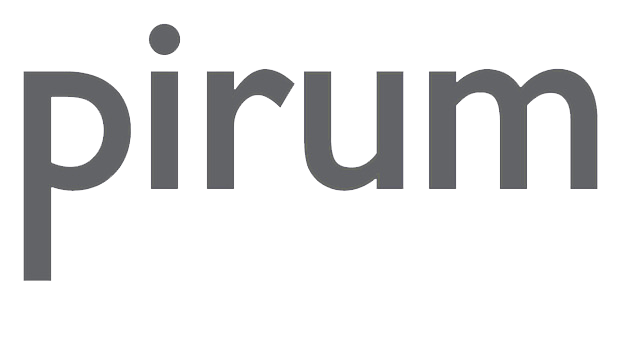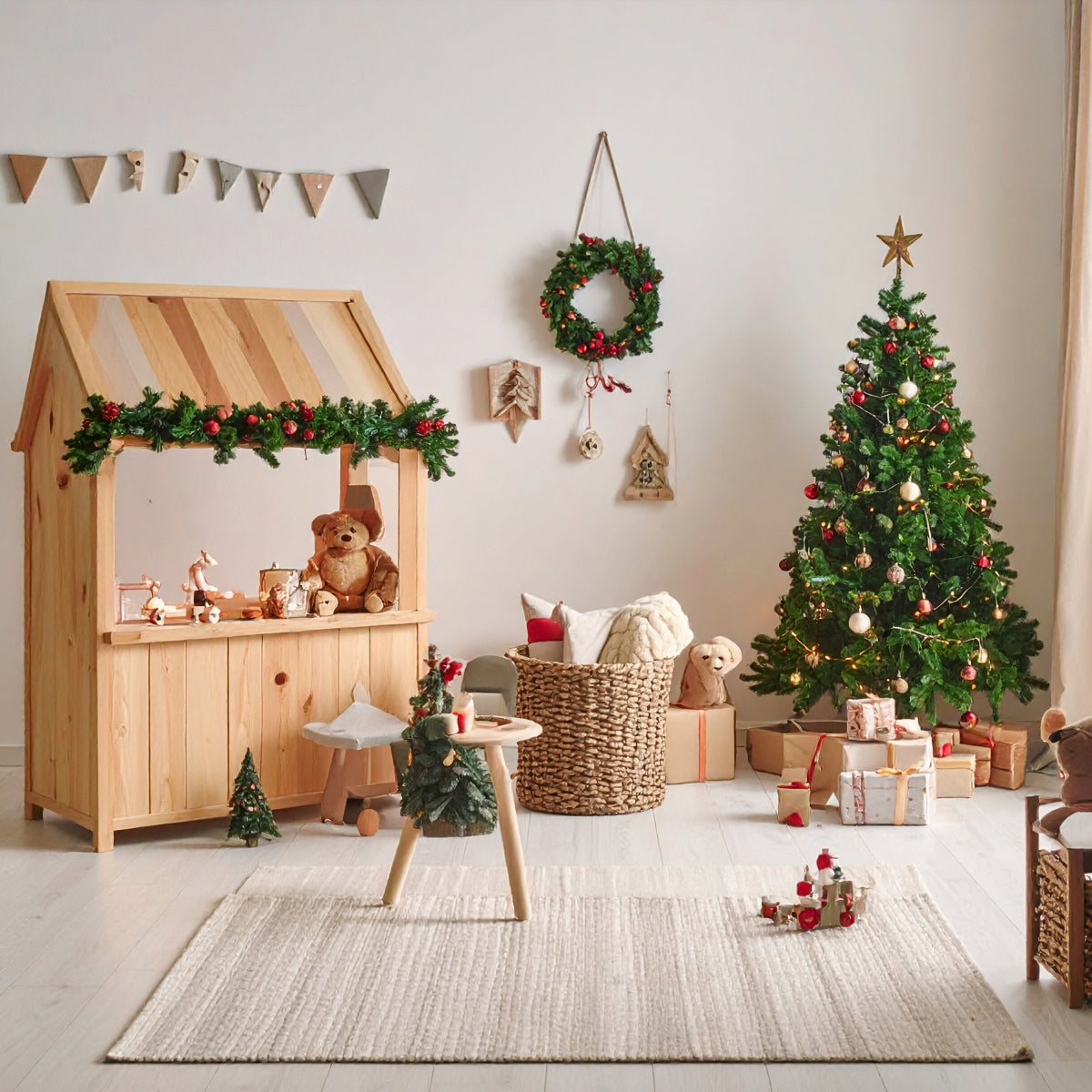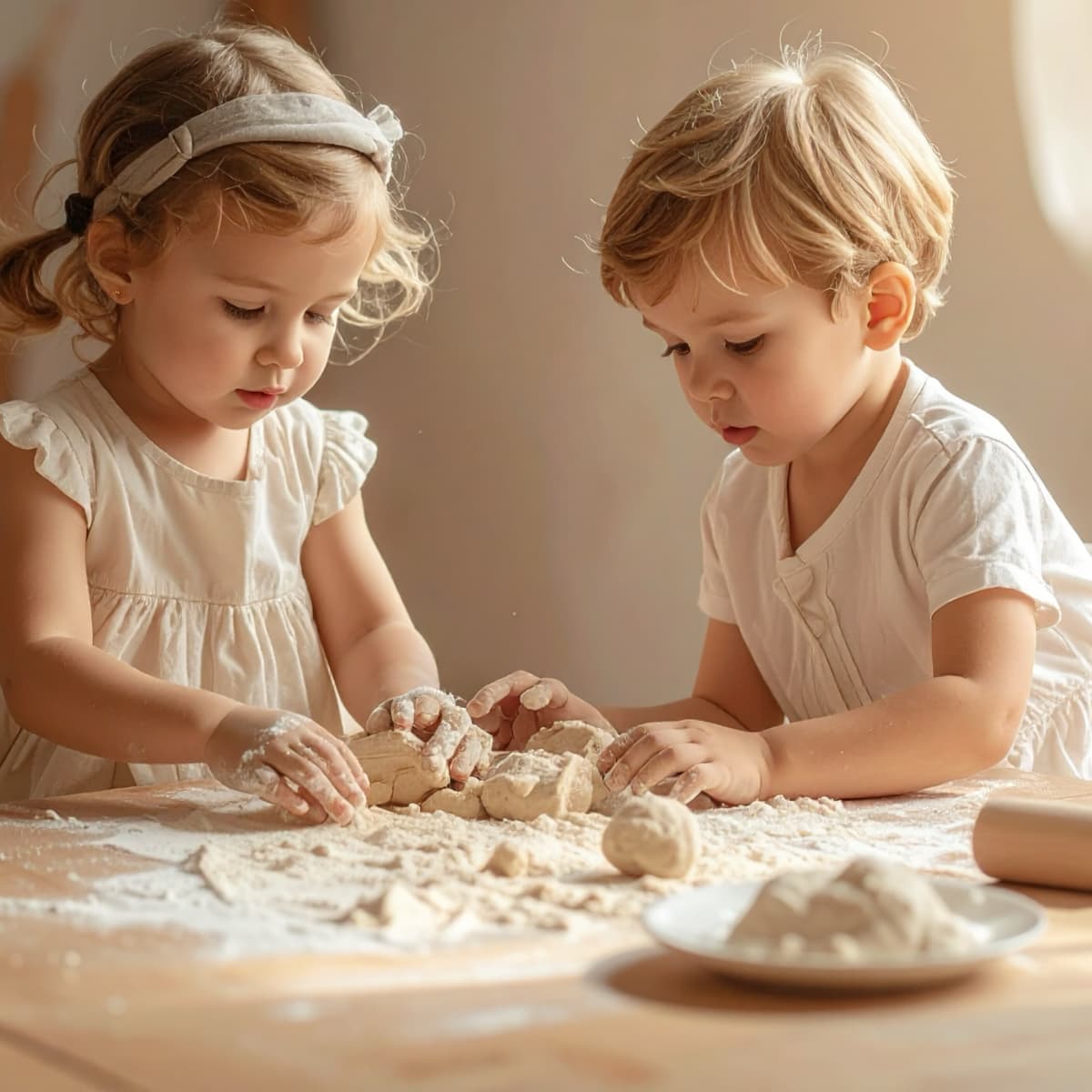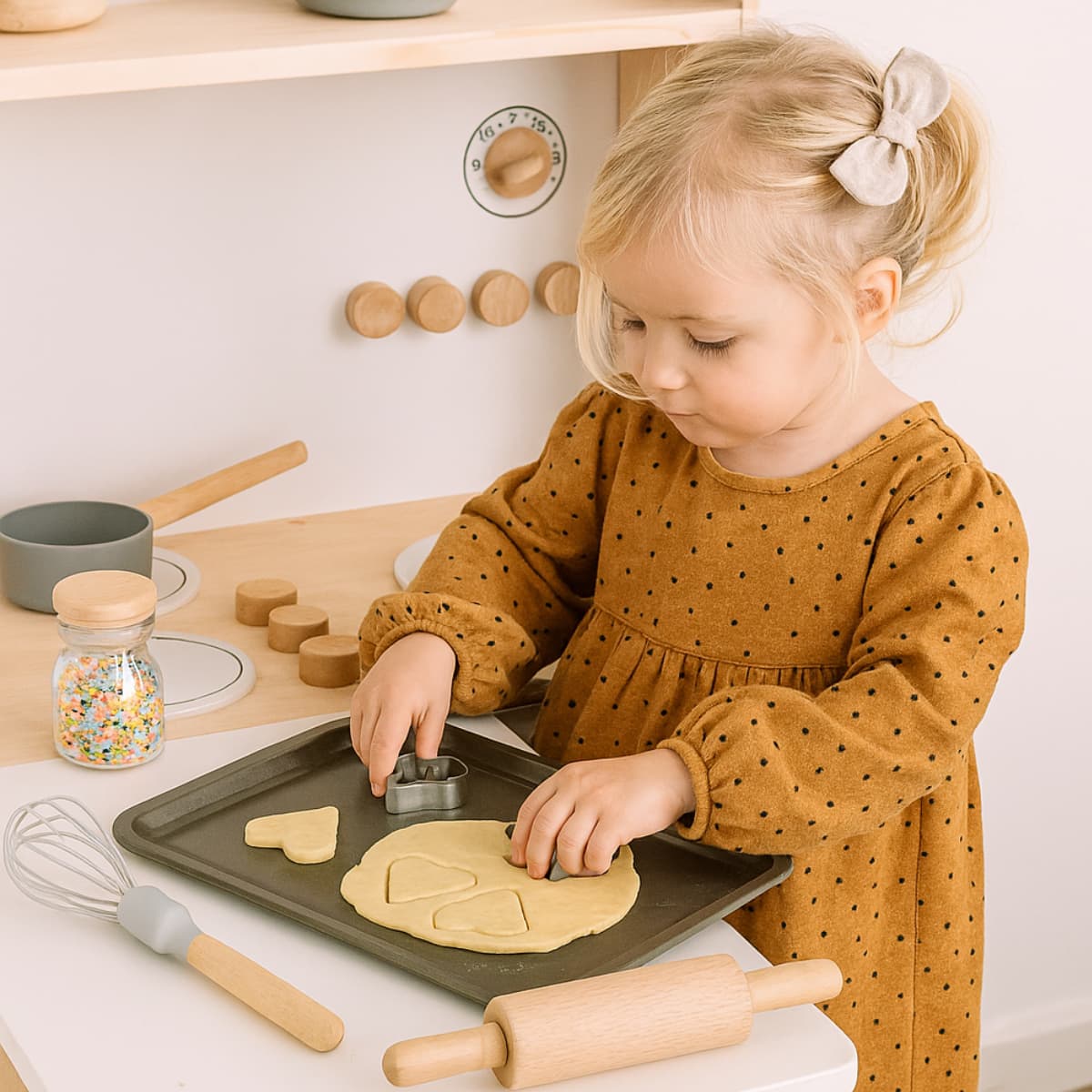
Glazing
Glossary Entry: Glazing – Natural Color Enhancement for Wooden Toys
Definition
Glazing refers to the application of a semi-transparent layer of color to wood, allowing the natural grain and texture of the material to remain visible. Unlike opaque paints, a glaze alters the wood’s appearance gently and translucently without covering it completely. In the design of wooden toys, glazing is a popular method for achieving a subtle color finish with light protection—provided the products used are saliva- and sweat-resistant and certified according to DIN EN 71-3.
Properties
-
Color effect: transparent to lightly tinted – wood remains visible
-
Surface: breathable and open-pored
-
Wood character: preserved and often enhanced
-
Protection: limited – mainly against light dirt
-
Care: can be refreshed with additional glaze or oil
-
Drying time: varies by product and environment – typically several hours
-
Safety: only suitable for toys when certified for child safety
Benefits for Wooden Toys
-
Natural appearance – ideal for educational or sensory toys
-
Eco-friendly – many glazes are based on plant oils or resins
-
Pleasant texture – soft feel, no plastic-like coating
-
Subtle design – warm, organic color tones
-
Material-friendly – penetrates the wood instead of sealing it
Typical Applications
| Toy Type | Use of Glaze |
|---|---|
| Wooden figures & animals | colored glaze to highlight shape |
| Play kitchens & furniture | harmonious tones to match interiors |
| Building blocks & puzzles | gentle color differentiation without full coverage |
| Grasping toys & rattles | natural tinting – only with certified products |
| Decorative elements | can be combined with patterns or motifs |
Application Tips
-
Prepare surface: finely sand and remove dust
-
Apply glaze: with brush, sponge, or roller – thin and even layers
-
Absorption time: typically 20–60 minutes depending on product
-
Intermediate sanding: optional for smoother finish
-
Second coat: if deeper color is desired
-
Drying: several hours – ensure good ventilation
Tip: For even results, start with a clear base glaze—especially on wood with strong grain patterns.
Comparison with Other Methods
| Feature | Glaze (Semi-transparent) | Paint (Opaque) | Oil/Wax (Colorless) |
|---|---|---|---|
| Wood grain visible | ✅ | ❌ | ✅ |
| Color effect | subtle, natural | bold, vibrant | neutral to warm |
| Protection level | moderate | high | low to moderate |
| Child safety | certified options available | also possible | depends on product |
| Maintenance effort | moderate | low | regular refreshing needed |
Conclusion
Glazing is a gentle and natural technique for coloring wooden toys while preserving the material’s texture and character. It’s especially suitable for toys that emphasize aesthetic simplicity, eco-conscious materials, and sensory quality. Always use certified glazes that meet child safety standards.





